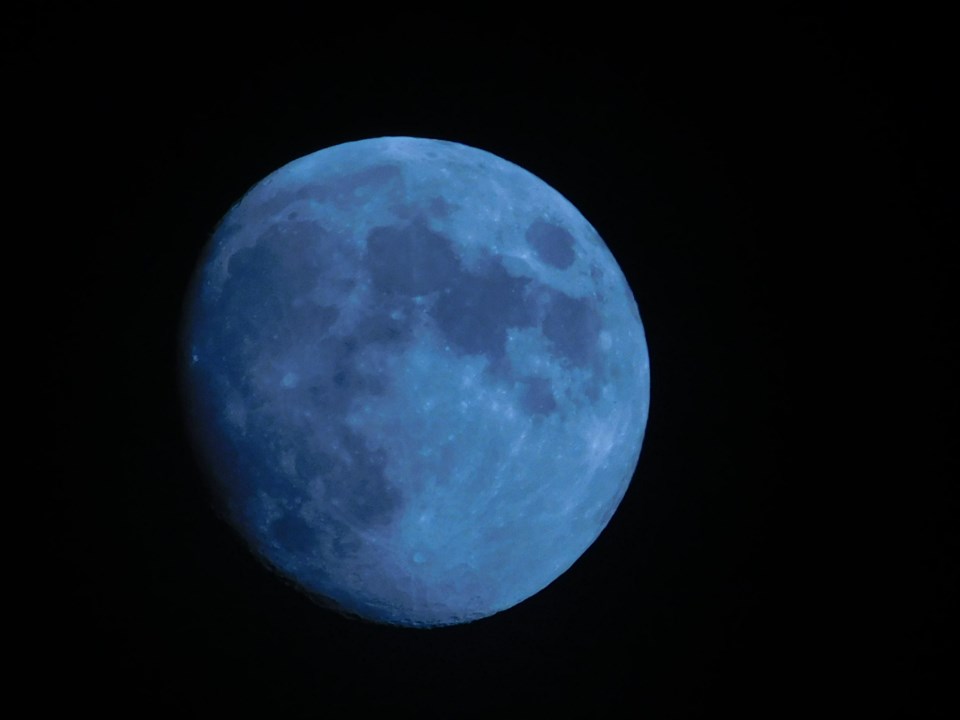Get ready to mark your calendars, stargazers, because the next full moon is just around the corner, and it promises to be a special one.
On Monday, August 19, 2024, at precisely 2:26 a.m. EST, the night sky will be graced by a Blue Moon supermoon, kicking off a series of four consecutive supermoons. But what makes this August full moon truly unique?
Traditionally, a Blue Moon is the second full moon in a single calendar month. However, the August 19th full moon is the only one of the month. So, why is it called a Blue Moon?
According to Space.com, the answer lies in an older, lesser-known definition. Before 1937, a Blue Moon referred to the third full moon in a season that has four full moons—a rare occurrence. This August supermoon fits that description, making it a Blue Moon by the original rule, even though it might not fit the modern definition.
But don’t expect the moon to actually turn blue—this celestial event doesn’t involve any colour change. Instead, it’s an opportunity to witness the moon at its biggest and brightest, as supermoons appear larger and more luminous in the sky.
Tips for viewing the super blue moon
As we prepare to gaze at this stunning sight, there’s a slight hitch—Ontario’s weather. Forecasts suggest a 60% chance of rain and overcast skies in Toronto on the night of August 19th. But don’t worry if the weather doesn’t cooperate; there will be plenty more chances to catch this phenomenon.
-
Check the Timing: Find out the exact timing of the moonrise and moonset in your location. This will help you plan your viewing session and ensure you don't miss the moon's entrance or exit from the sky.
-
Location Matters: Choose a viewing spot with minimal light pollution. Ideally, head to a rural area or a high vantage point where the sky is clearer and darker. This will allow you to see more details and appreciate the moon's brightness better.
-
Bring Binoculars or a Telescope: While the super blue moon is larger and brighter than a regular full moon, using binoculars or a telescope can still enhance your experience by revealing craters, lunar seas, and other intricate features.
-
Capture the Moment: If you're into photography, bring your camera and a sturdy tripod. Longer exposure times can capture the moon's details and the surrounding landscape beautifully. Experiment with different settings to achieve the desired effect.
-
Be Patient: Sometimes clouds or haze can obstruct the view. Be patient and wait for breaks in the cover, as the moon might peek through intermittently.
The August supermoon is just the first of four in 2024, with more to follow on September 18th, October 17th, and November 15th.
So, whether you get a clear view this time or not, there’s plenty of celestial magic to look forward to in the coming months.




